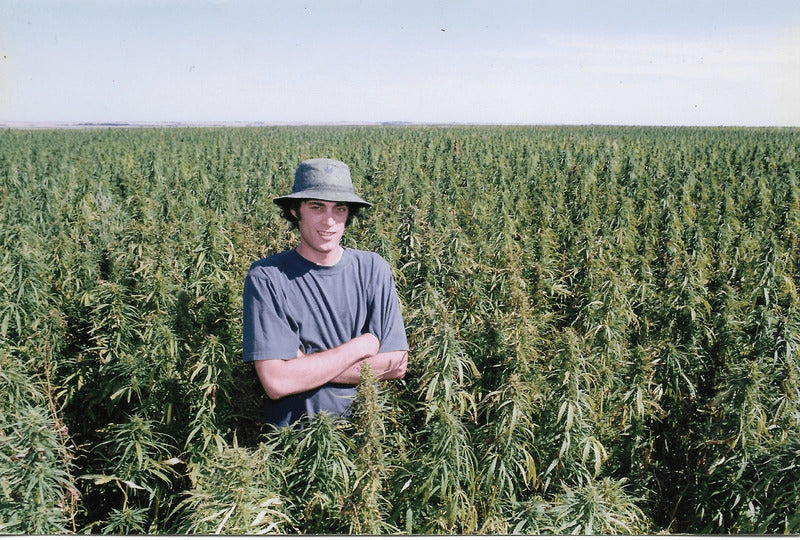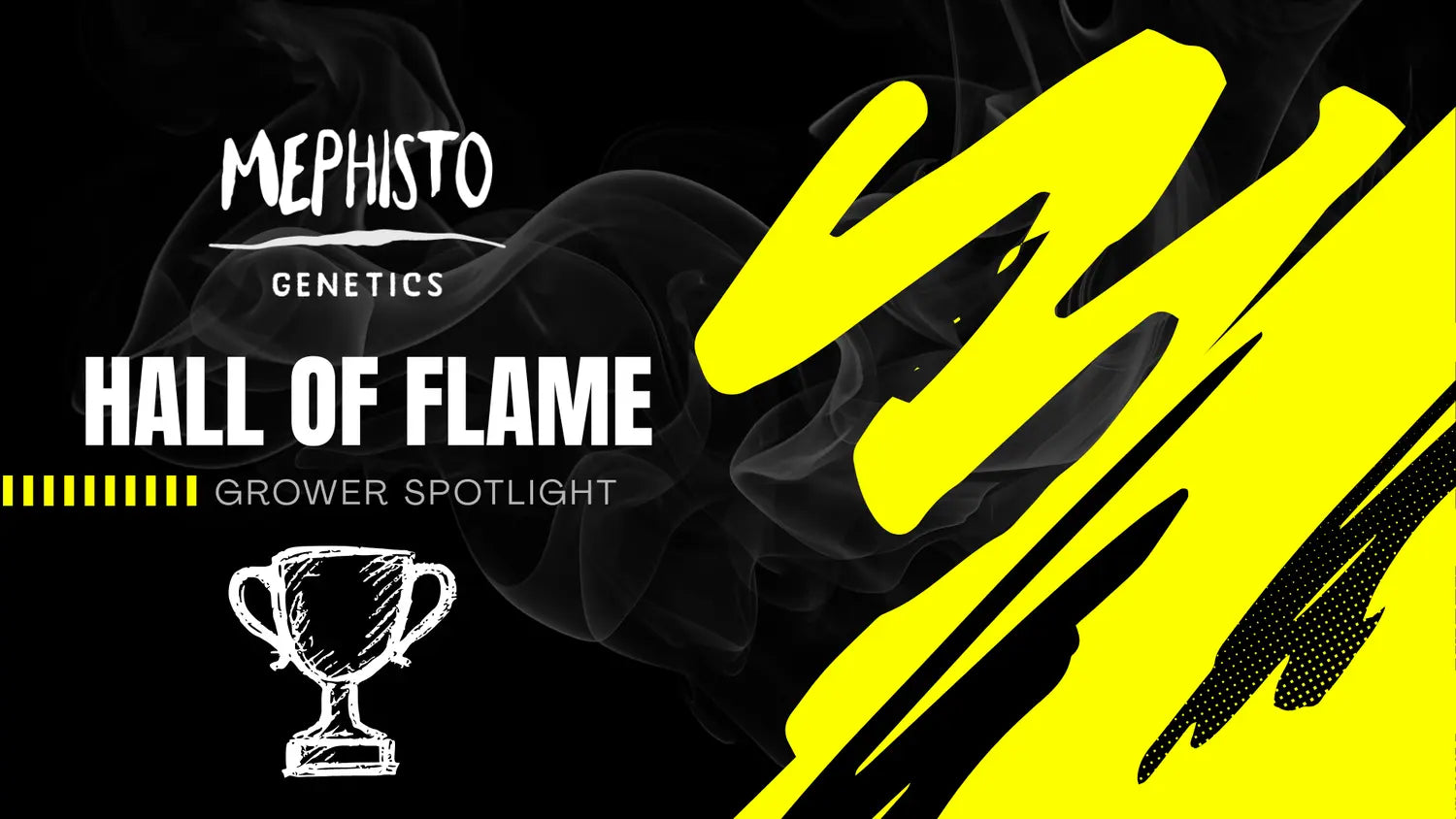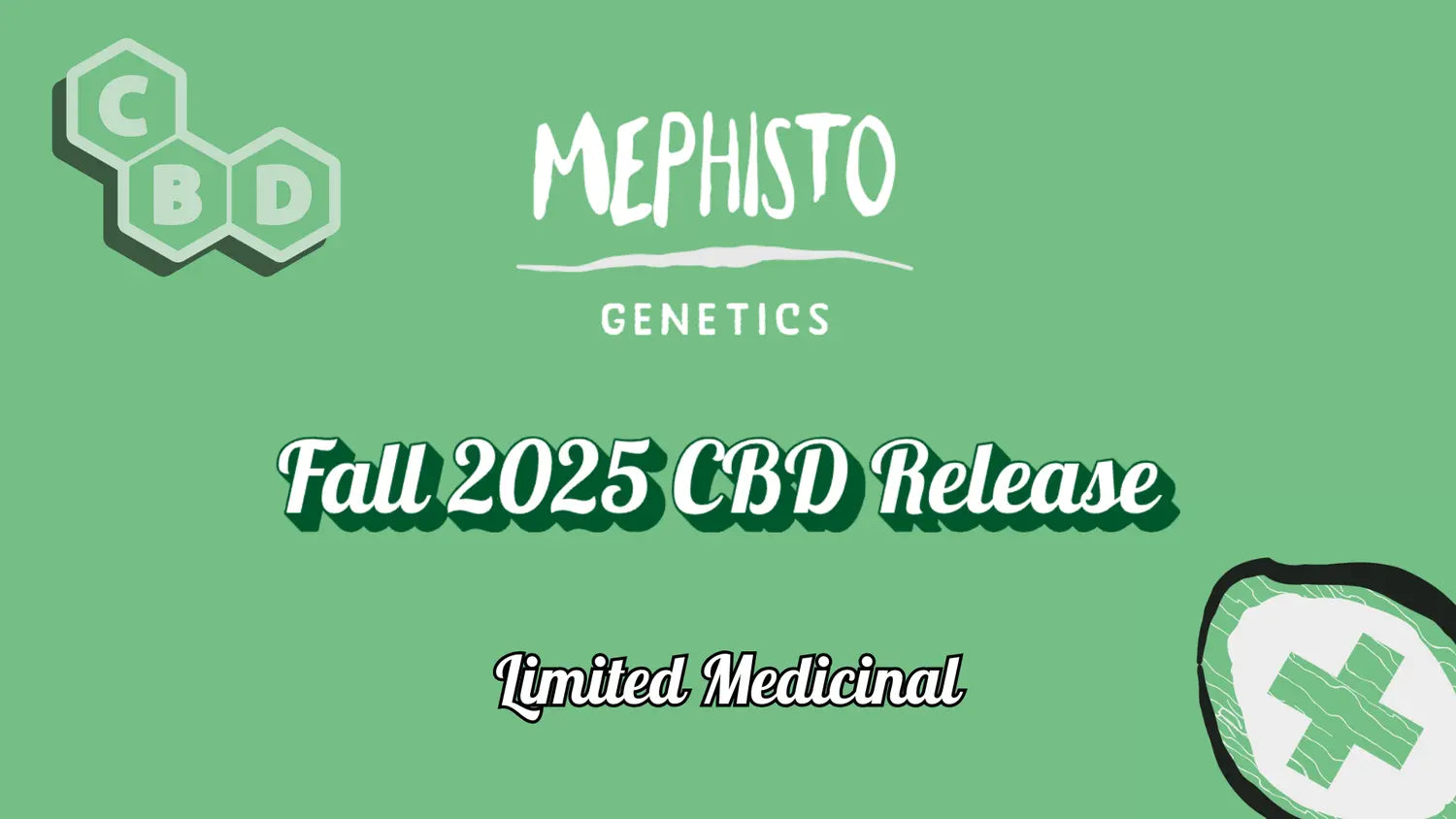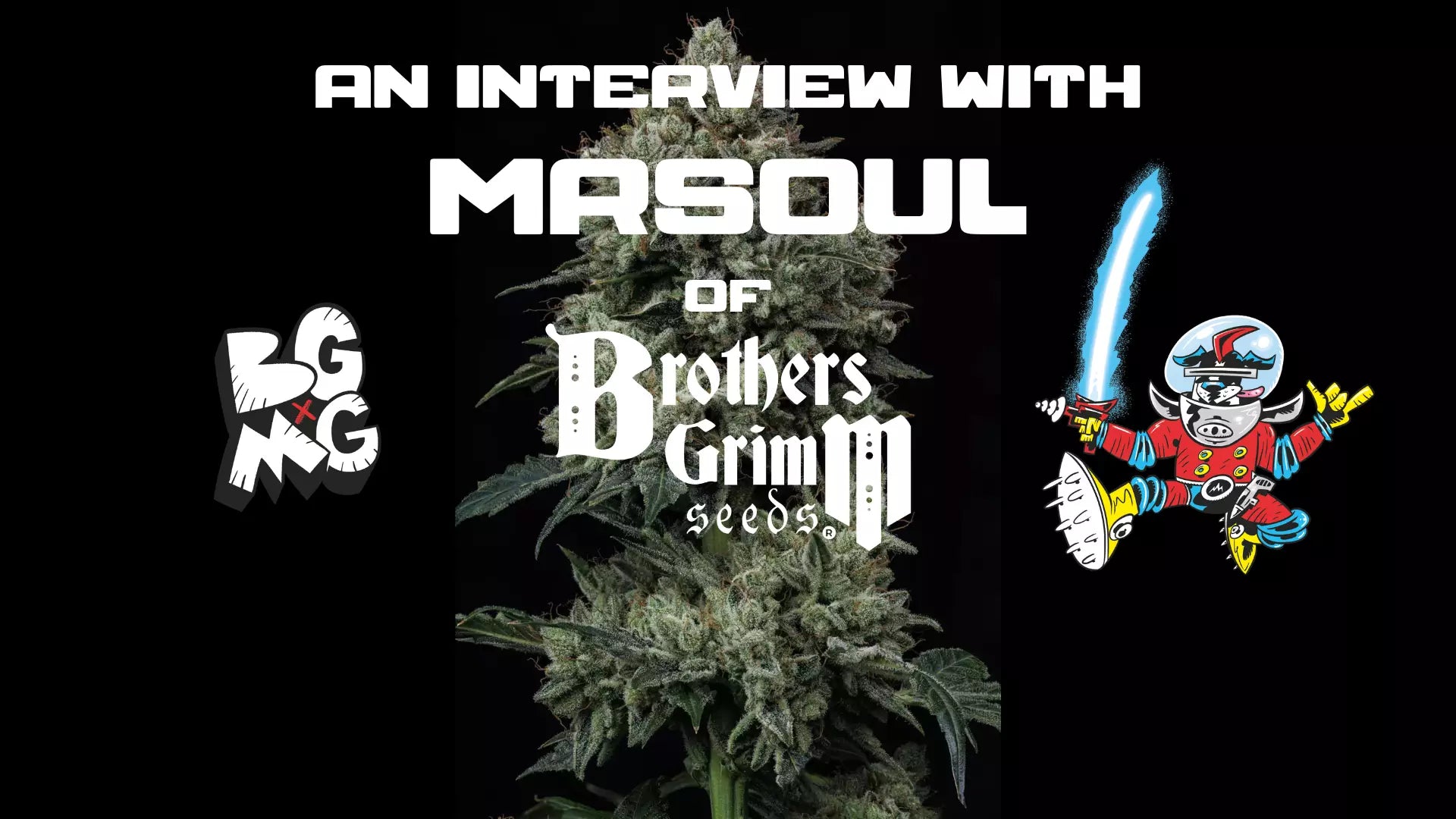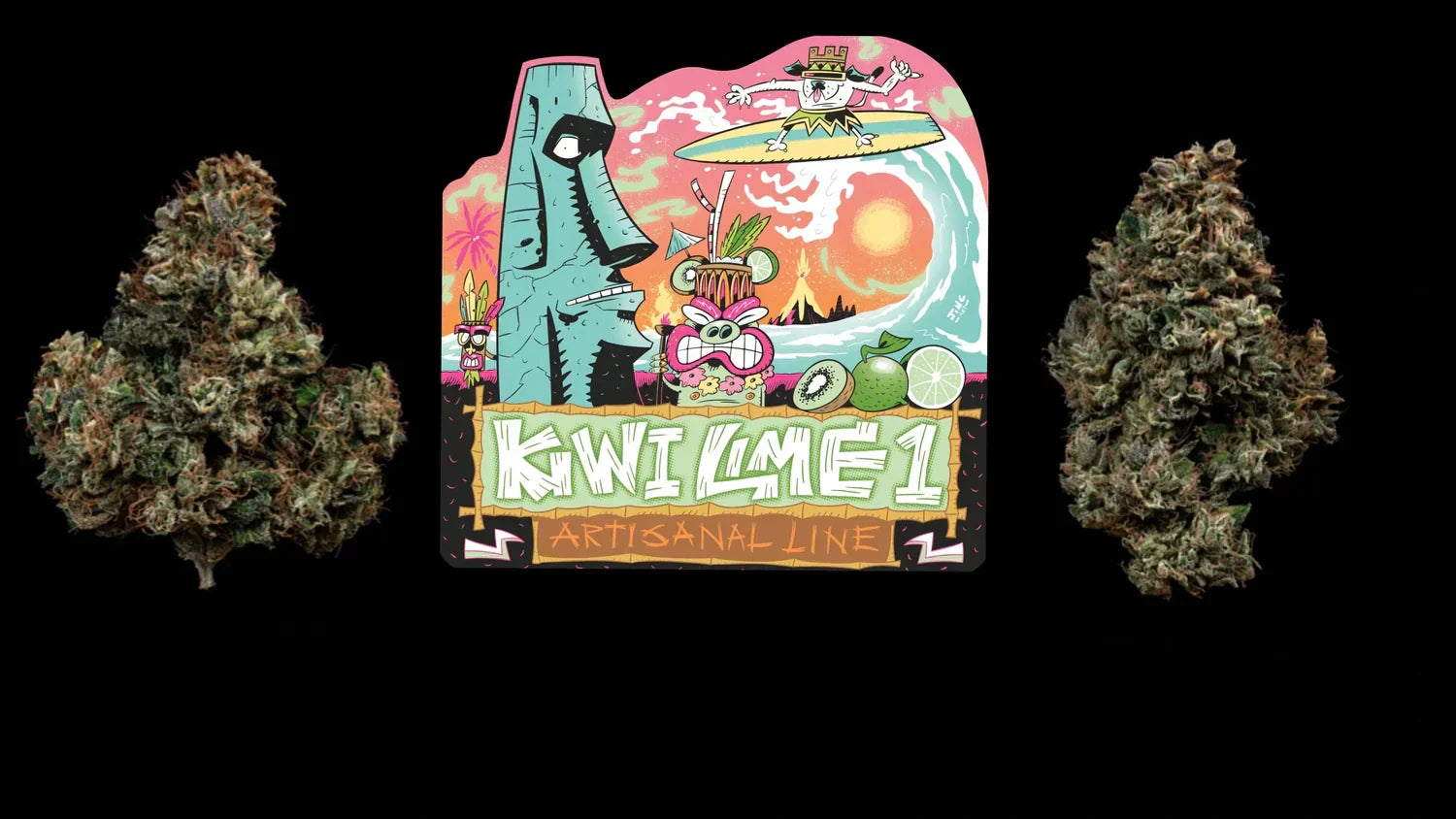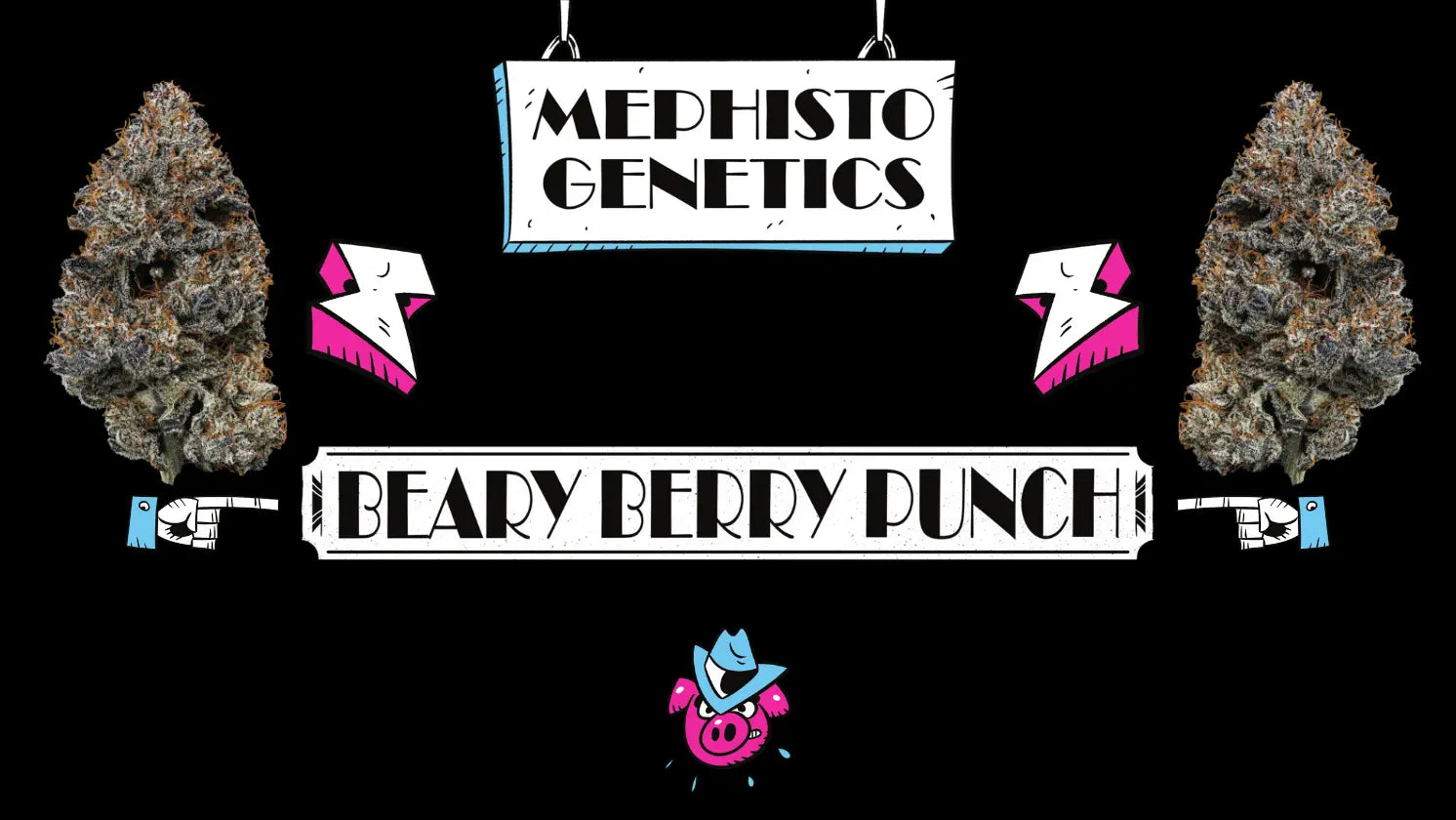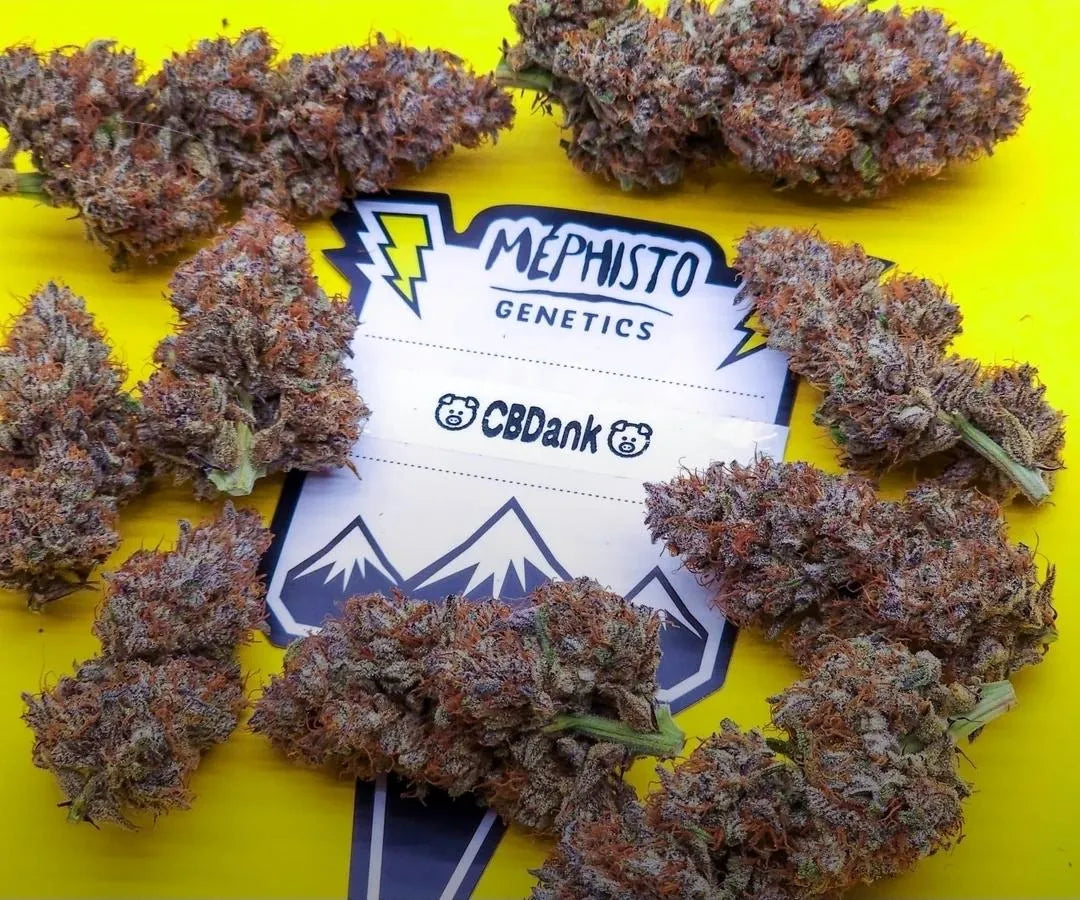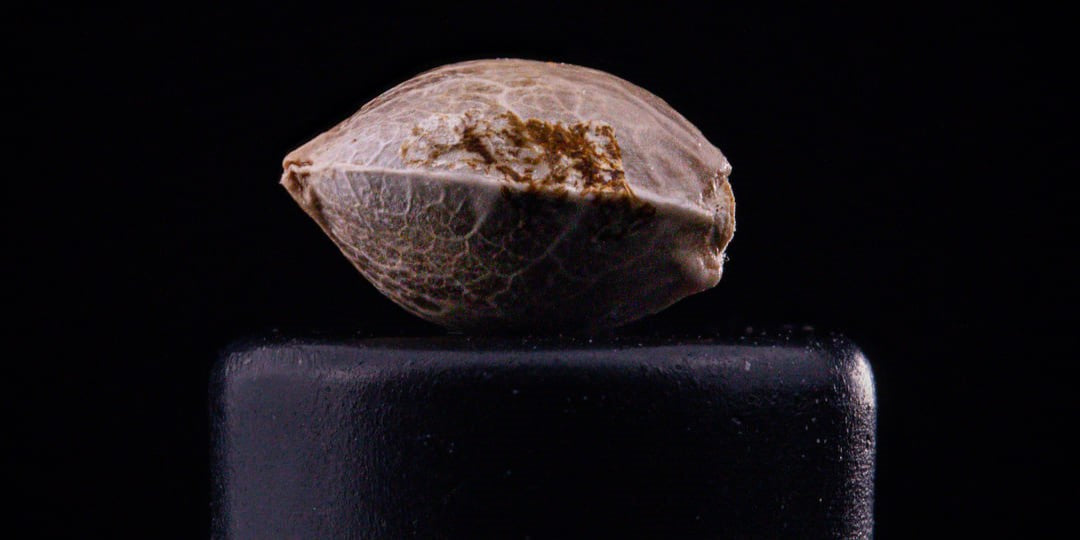Whilst doing our first podcast recently, we were posed the question “What Ruderalis do you breed with to make your autoflowers?” Our answer was along the lines of, if you want to build a new car in 2023 you don’t go rummaging around in the parts bin of a Model T from 1908! Of course, this is a slightly exaggerated analogy, but we think it’s quite a common misconception in today’s cannabis community that we are working with pure Ruderalis cultivars found at the side of the road in Eastern Europe, Asia or northern latitudes, to acquire the autoflowering trait, which just isn’t the case.
Mephisto Genetics first started playing with autoflowers circa 2007 strictly as hobbyists; at that point in time there were just a handful of autoflower outfits putting out seeds, most of which only produced regular, non-feminised seeds, and a small variety of strain options to choose from, such as auto AK47, auto Blueberry, auto Hindu Kush; if you wanted a new variety the only option was to make it for yourself! It was a very niche market, but it spawned a tight nit community of people that loved them, subsequently putting a lot of work into growing them, developing them, and really figuring them out.

Lowryder #1 - 2002
The main forefather of the movement in our mind is The Joint Doctor, who came out with Lowryder #1 between 2002-03, followed by Lowryder #2 and further works. We couldn’t fully guarantee it 100%, but our suspicions would be that at some stage the vast majority of every modern autoflower doing the rounds today has a Lowryder component somewhere back in its lineage as a building block.
One of the most remarkable things is that due to the nature of autoflowers being super quick to run through their growth cycle and the need to create seeds each time a strain is run to preserve the line, the rate of generations gone through, and the rate of progression in terms of quality possible has meant that autoflowers have come on leaps and bounds genetically in a very short amount of time.
Another misconception from back in the day was that autoflowers were high in CBD, in fact, they weren’t, they were just low in THC!
Whilst developing the Mephisto family of strains. We have tested for THC at various intervals. For example, the Autoflower parents used to make our first Original lines around 2010 tested out around 6-8% THC on average. After breeding to a high-quality photoperiod and selectively breeding for 4 generations whilst locking in the autoflower trait, the new strains then tested around 15%, such as our Toof Decay. These were then used as the autoflowering parents in the creation of our Mephisto Genetics Artisanal lines which again after 4 more generations of work started to test out in the region of 25% THC. After which, taking two Artisanal strains, Grape Crinkle and Sour Stomper, then selectively breeding those together, to create our Double Grape strain, has seen further increases and verging on outrageous levels of THC @ 32% [see Mephisto Blog #5.]
Back to it, we started off wanting to write a short history of autoflowers, but rather than regurgitating info pieced together from different sources around t’internet, we wanted to take a different approach and get what we consider the most relevant information straight from the horse's mouth about the origins of modern autoflowers available today. Over the years, we’d bumped into Sasha [The Joint Doctor] several times and he’d always come across as very chill and humble, so who better to ask?

Legal research crop - Poland ‘96
So now then!
After a big intro, take your green weapon of choice, hit it good and settle into the article; A story of friends, growing, experimentation and an obvious love for the plant. (Something we can very much relate to at Mephisto Genetics).
What gave you the idea to make/work with autoflowers?
Sasha: The idea for quick and compact strains was my main motivation in breeding since very early on. I started out as an outdoor grower in Canada, so naturally, I was looking for early-maturing strains. The best plants at the time were only ready in late September at the earliest, a time that presents multiple challenges when it comes to pulling off a successful outdoor harvest of large plants - the main threats, of course, being law enforcement and rippers. But the idea of smaller plants that matured in the summer season was appealing to me from the beginning.
I worked on other strains before Lowryder, although none had the autoflowering trait as we now understand it. Some of the strains I was interested in back then included a western Canadian dwarf strain called Mighty Mite, known to grow no more than 4 feet, as well as Alaskan Thunderfuck, a strong Indica capable of ripening in the North. I was looking for fast and early strains that were compact and easy to conceal, whether grown in a backyard garden, balcony or closet. Those were my main criteria in searching out strains, as I moved off the farm I grew up on, and continued growing while I lived in dorm rooms, urban apartments, and even a camper van.
At what stage did you pick up the work? Was it completely from scratch with a landrace Ruderalis or something else?
Sasha: I apologize if my answer is slightly long-winded. The creation and release of Lowryder was really the result of a series of eureka moments spanning several years.
One of the most important chapters of Lowryder’s discovery happened when my buddy, Christian and I, shared an apartment in weed-friendly Vancouver in the mid-90s and decided to put the third room in our flat to use by setting up a common grow space. Christian had some interesting seed strains and I had brought my best clone only from back East. By consolidating our strains and making controlled crosses, we ended up with a bunch of hybrid seeds. I crossed all my moms, including William’s Wonder, with some of Christian’s seed strains, in particular one that he had acquired from a mutual friend, Antonio. This strain was actually an F1 hybrid of NL#2 [Northern Lights #2] and something he called Mexican Ruderalis.
[Sasha expanded to tell us more about his friend Antonio and their ‘Rudy’]
Antonio Belendez was a unique person, an energetic, engaging, charming Mexican-Canadian, a lover of ganja, and something of a barefoot intellectual. I often visited him, he had such a good nature and willingness to share his knowledge of Cannabis and Cannabis seeds, he had been collecting and growing unusual strains for years.
Anyways, this Mexican Ruderalis was a strain which stayed short and flowered earlier than anything else we had seen. I remember visiting Antonio on one particularly dry summer when no one had anything to smoke. Yet Antonio had just harvested some “Rudy” as he nicknamed it - and was happy to share some. It was tasty, though not very strong.
At first, the name seemed contradictory: from what I knew, Ruderalis was a rare subspecies of wild Cannabis from somewhere in central Russia, the lesser-known wild cousin of Sativa and Indica, that I had read about, which supposedly has a short-growth habit and quick life cycle. So what was the link to Mexico? I didn’t know, but I kept the seeds out of curiosity. Back then, we couldn’t fully understand what we had, and of course, we couldn’t see the future - I wish Antonio was around to help complete the story - but the reason I am telling you about Antonio and his Mexican Ruderalis if you haven’t guessed yet, is that this was the first ancestor of what would later become Lowryder, the first 100% autoflower. We weren’t using the word autoflowering yet, it took some more time to finally understand just what we were dealing with.
Fast-forward to 1996 or 1997. I was running a comparative trial of medicinal strains, as part of my study program at the Institute of Natural Fibers in Poland. I selected the William’s Wonder x (NL#2 x Mexican Ruderalis) as a keeper, worthy of further development and I let it pollinate itself in order to multiply it for future growing projects.
After that season I moved to Saskatchewan, Canada, where I met a friend, a photographer named David Strange, who shared my passion for Cannabis. We set up shop in his basement and planted a batch of the seed selections I had brought back from Poland. We started a batch of seedlings with fluorescent lights under 24 hours of daylight and no timer. The real eureka moment came when we noticed several tiny plants of William’s Wonder X (Northern Lights #2 x ‘Rudy’) beginning to show male flowers at only 2 weeks! Many growers would have probably thrown out those freaks, but instead, we kept them and mated them with the females who presented the same autoflowering trait. Thus was born the first generation of Willy’s Automatic, later renamed Lowryder.
What was your vision with the work, was it for example purely for fun, or early on did you see commercial value in autoflowers? Did you imagine 20 years on they would have evolved to have the popularity and following they do?
Sasha: I believed that the autoflower trait would be interesting to many, so I saw big potential in selling seeds for my novel strain. From the beginning it was apparent to me that it probably would not be adopted by large-scale growers, due to their reliance on clones; yet it presented clear advantages for your average person who wanted to grow their own stash.
However, I could not have dreamed that autos would become as widespread as they are today.
Apart from Doctor’s Choice Seeds is there anything we can plug for you?
Sasha: Well, Doctor's Choice Seeds obviously! Other than that, there are plans to enter the North American market with certified seeds in the coming year or two - we have a licensed breeding/nursery facility that should come online in Canada soon! FYI I’ve also developed some products including hash for my friend’s small LP processing facility, J2Science. The hash called Montreal Blonde is handmade by me, and it sells in stores here under Jane and Juice brand. It tests at around 70%.
Well, we hope you enjoyed this blog post as much as we did making it. We want to extend a massive thanks to Sasha for telling his story, and personally salute him and the work his friends did, as we’re sure our lives could be very different today without it, from our own closet grows to farm life it all really started with autoflowers.
Much Love, the Mephisto Genetics family.
related blogs.
Check out these other blog articles.
